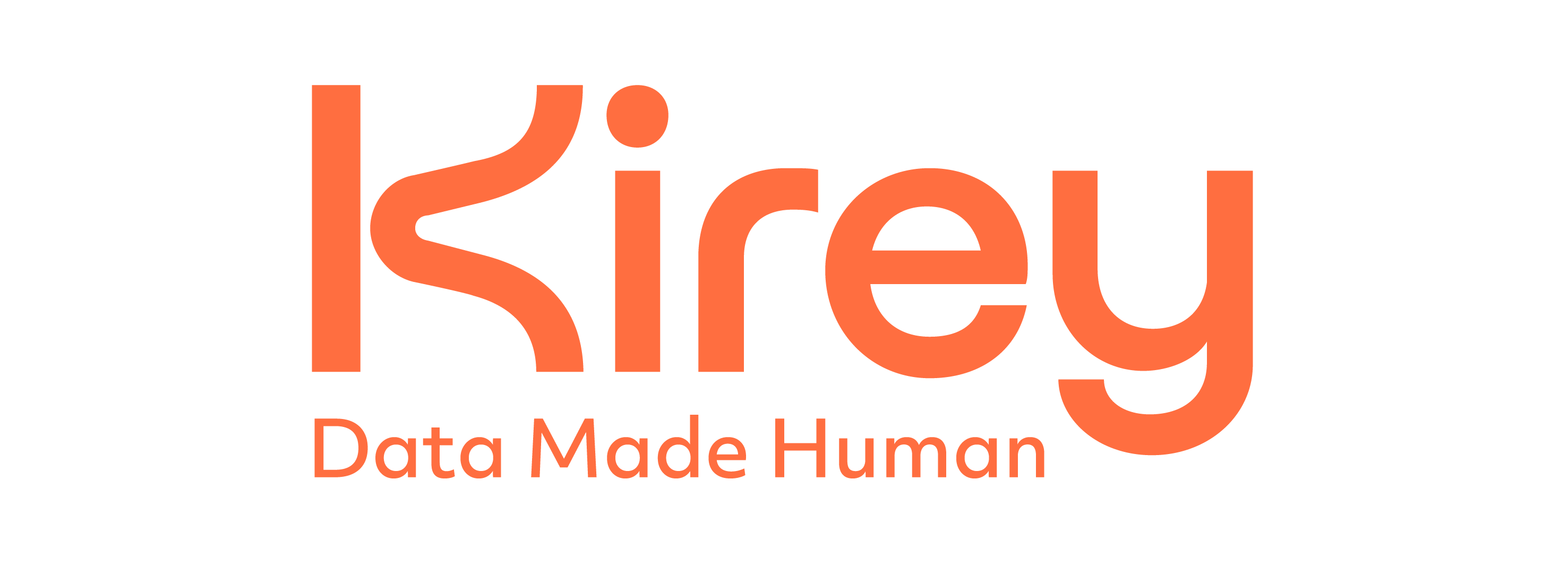Simplification, agility, and speed: the unstoppable growth of the cloud
Over the past two years, the market has experienced an incredible acceleration, prompting enterprises to rethink infrastructure and technology processes by putting simplification, agility, and speed at the top of the priority list. The answer to this need is the adoption of cloud infrastructure and cloud-native application portfolio renewal, which facilitate application creation and development, integration with third-party services, resource optimization, and time-to-market.
The numbers on cloud growth certify the success of this approach: by the end of 2022, the cloud market in Italy is estimated to reach 3.84 billion euros, according to the Cloud Transformation Observatory of the School of Management of the Politecnico di Milano.
Multicloud, composable enterprise, microservices, and Kubernetes: the cornerstones of the cloud-native approach
In the report "Emerging Technologies: Kubernetes and the Battle for Cloud-Native Infrastructure", Gartner© identifies several trends destined to mark the present and future of organizations that want to take advantage of the potential of the cloud.
The first trend is multicloud, or distributed cloud, which is the adoption of information architectures that allow infrastructure from different public and private clouds to be used simultaneously, to get the best from each provider in terms of performance, service continuity, systems scalability and regulatory compliance.
Moreover, Gartner© identifies the enterprise of the future as a composable enterprise, a company that can adapt to market change through an agile and flexible organization. For the IT area, this translates into the evolution of application and data management, no longer divided into monolithic silos, but interconnected and able to adapt quickly to new business needs. This process is facilitated by the collaboration of the company's different business lines with the IT area, including development. All this is made possible by the development of microservice architectures first and foremost, which profess complete decoupling precisely between each microservice.
Finally, among the media that enable optimal infrastructure management, Gartner© points to the emergence of Kubernetes, which could be used by 85 percent of enterprises for container-based management of complex application environments within the next three years. This open-source orchestrator makes it possible to create a containerized infrastructure for production environments and improve the productivity of development teams through the automation of deployment tasks and resource management.
Mia-Platform, the platform for managing cloud-native applications on Kubernetes
In this context, Kirey Group chose Mia-Platform to offer customers a simple and functional platform for developing and managing cloud-native applications on Kubernetes. Mia-Platform allows to industrialize and simplify the software lifecycle using APIs, microservices, and real-time data. This optimizes both the construction of event-driven architectures and the DevOps cycle. Adopting Mia-Platform as a single application portfolio management platform also provides several advantages from the perspective of continuous business innovation:
- It enables a holistic view of development, allowing industrialization of the IT factory
- It makes services scalable and more secure by adopting a secure-by-design platform
- It revolutionizes the construction of digital services in a modular and open way
- It allows you to build your tailor-made infrastructure, consisting of an API portal, enterprise digital platform, and Digital Integration Hub
The valued partnership between Mia-Platform and Kirey Group becomes a key ally for all organizations that have embarked on a path toward establishing themselves as a composable enterprise, to optimize business investments and keep pace with the fast-evolving marketplace.

